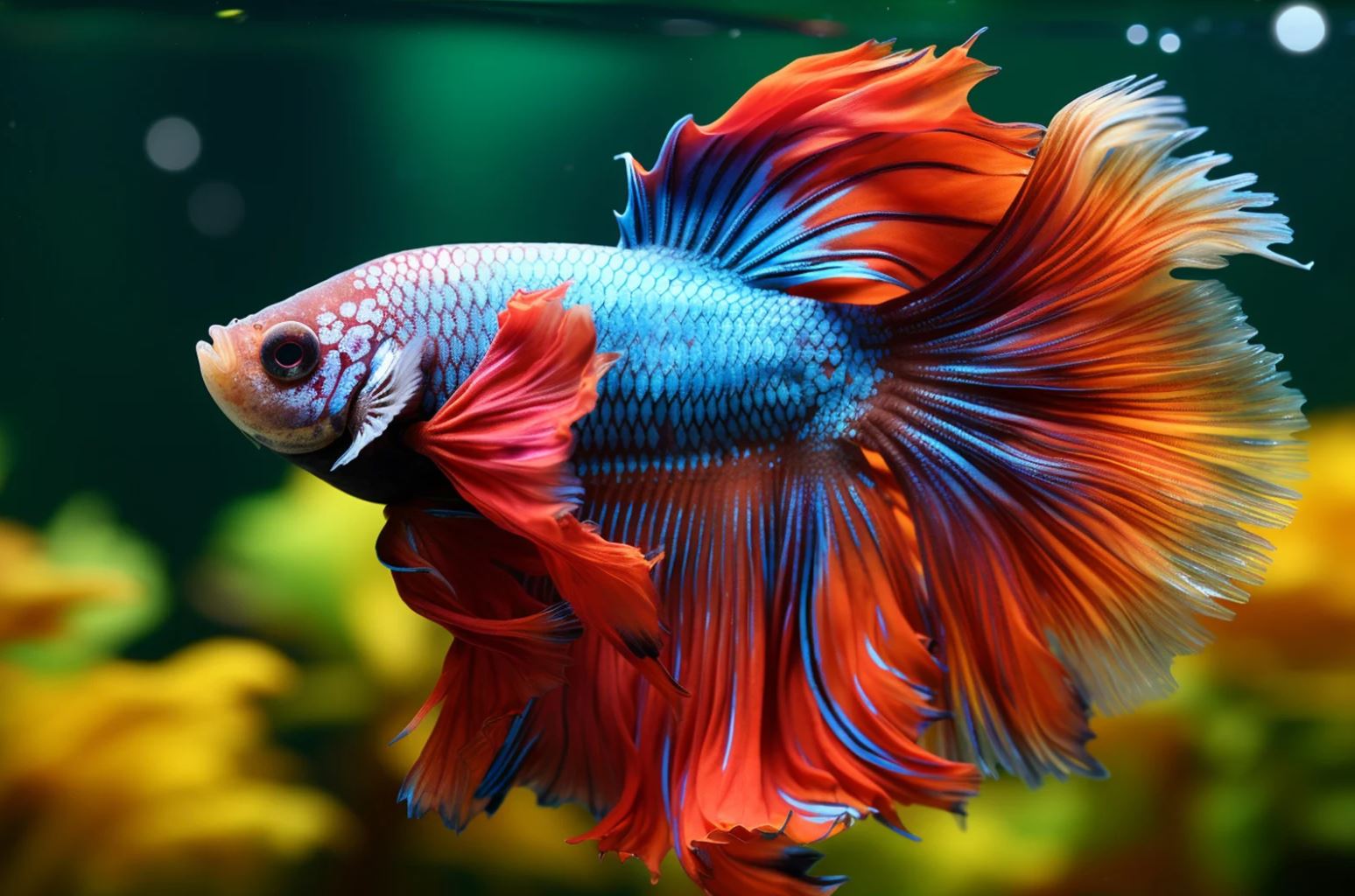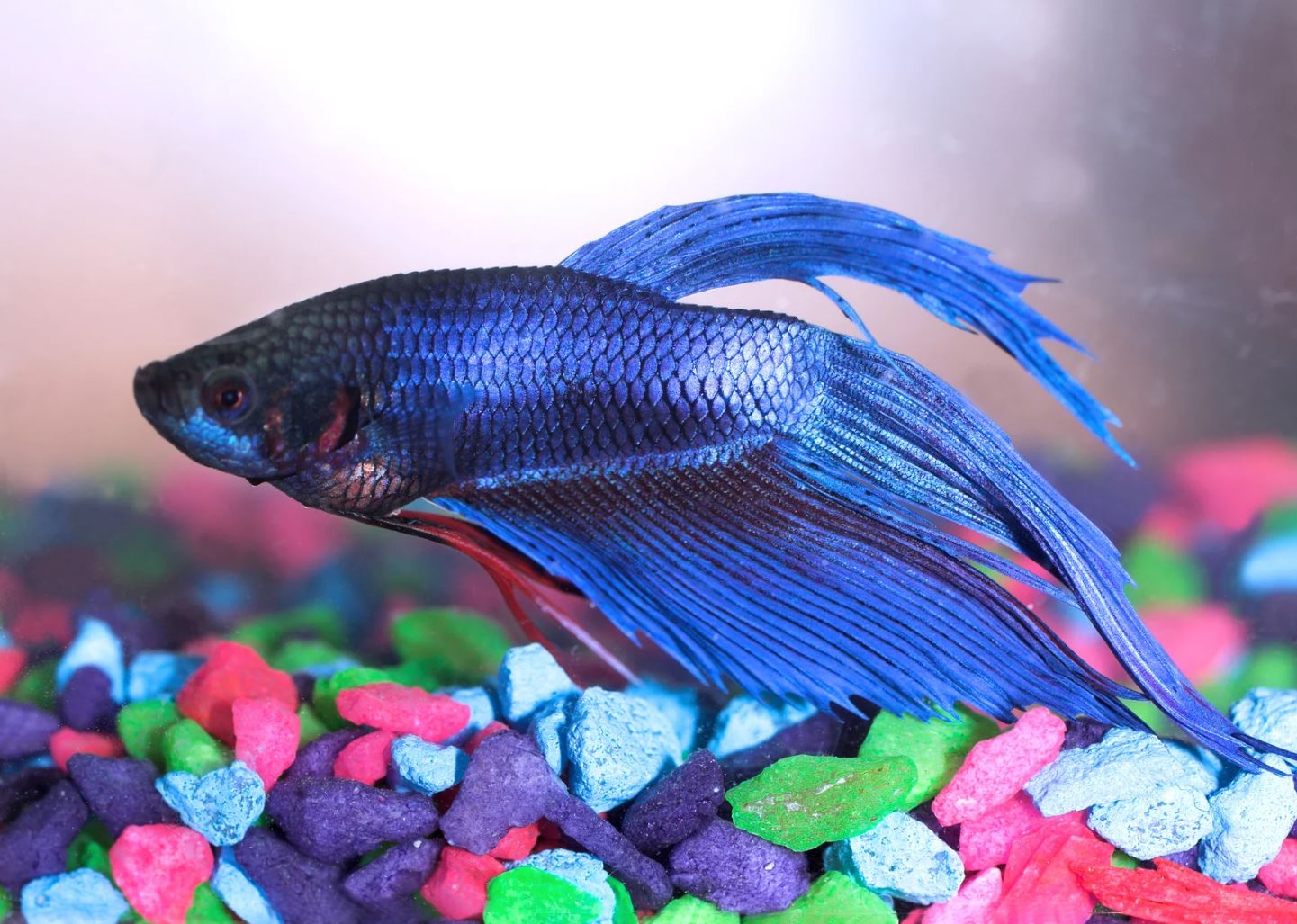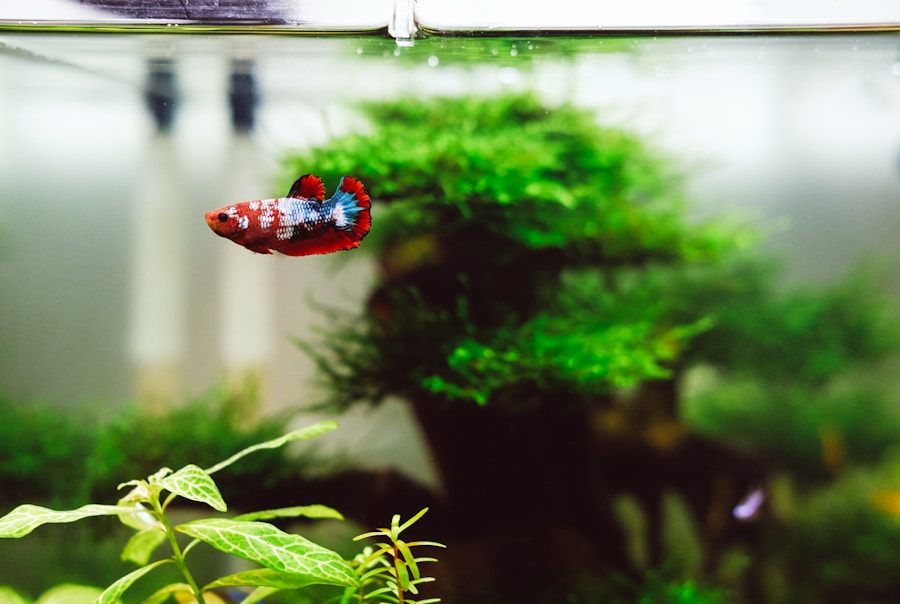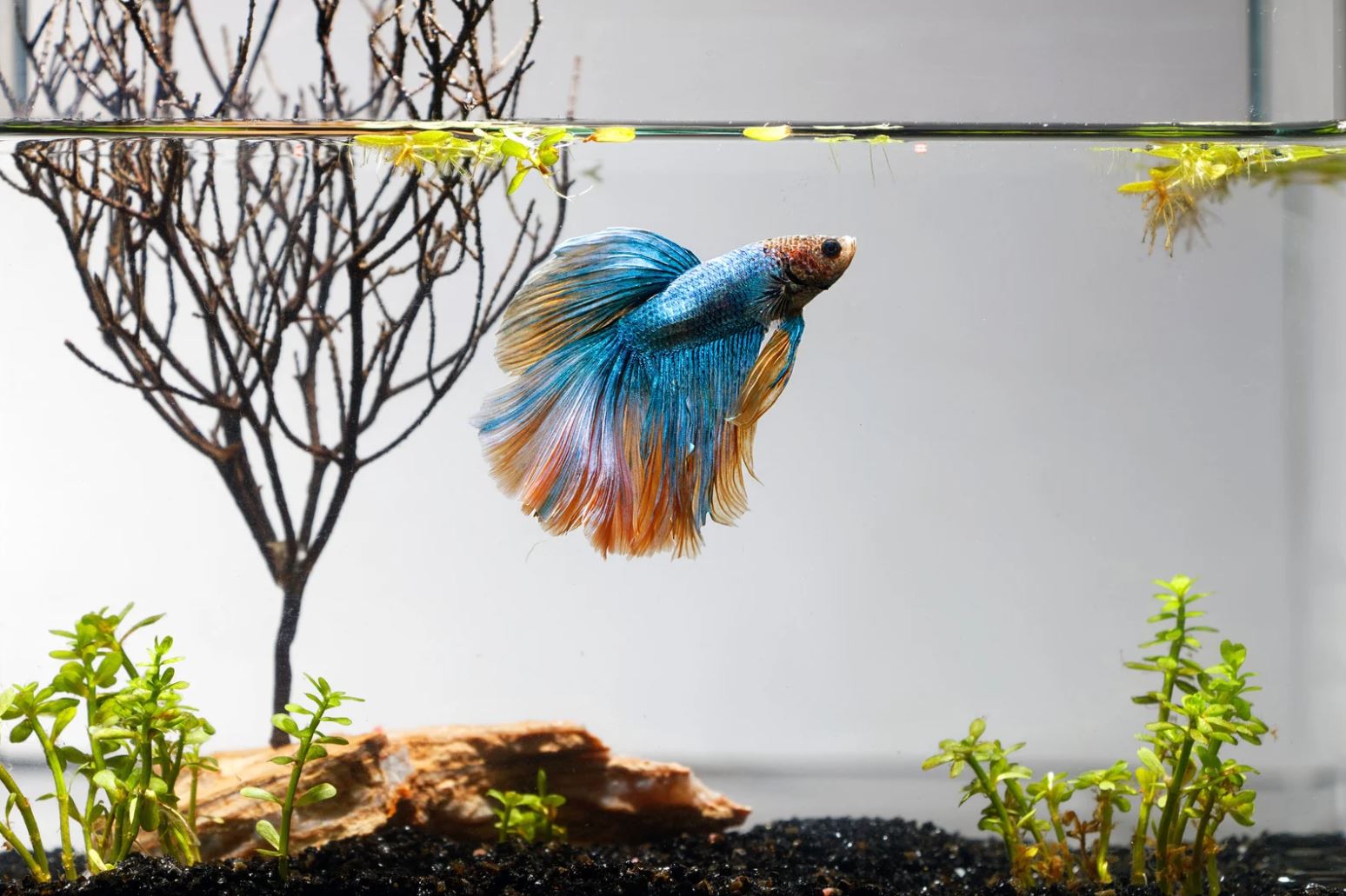
Setting up an aquarium is an exciting venture, especially when you’re preparing a home for your goldfish. The first step is to choose the right tank size. Goldfish can grow quite large, so a minimum of 20 gallons is recommended for a single fish, with additional space for each additional fish.
This ensures they have enough room to swim and thrive. Once you have your tank, it’s time to think about the location. Place your aquarium in a spot that avoids direct sunlight, as this can lead to algae growth and temperature fluctuations.
A stable environment is key to keeping your goldfish happy. Next, you’ll want to add substrate and decorations. Gravel or sand can be used as substrate, but make sure it’s smooth to prevent injury to your fish.
Adding plants, rocks, and other decorations not only enhances the aesthetic appeal of your aquarium but also provides hiding spots for your goldfish, which can help reduce stress. Before adding any decorations, rinse them thoroughly to remove any dust or contaminants. Once everything is in place, fill the tank with dechlorinated water and set up your filtration system.
Allow the aquarium to cycle for a few weeks before introducing your goldfish, as this will help establish beneficial bacteria that are crucial for maintaining a healthy environment.
Internal Topics [ https://infos.care ]:
Key Takeaways
- When setting up the aquarium, ensure proper filtration, aeration, and appropriate water temperature for goldfish.
- Choose the right fish by considering the size of the tank, the compatibility of different species, and the specific needs of goldfish.
- Feed your goldfish a balanced diet of high-quality fish food, and avoid overfeeding to prevent health issues.
- Maintain water quality by regularly testing and monitoring ammonia, nitrite, and nitrate levels, and performing partial water changes.
- Monitor the health of your goldfish by observing their behavior, appearance, and appetite, and seek veterinary care if necessary.
- Clean the aquarium by removing uneaten food, waste, and algae, and regularly scrubbing the tank and decorations.
- Handle common goldfish problems such as swim bladder issues, fin rot, and parasites with proper diagnosis and treatment.
- Create a happy and healthy environment for your goldfish by providing adequate space, enrichment, and a stress-free habitat.
Choosing the right fish
When it comes to choosing the right fish for your aquarium, goldfish are a popular choice due to their vibrant colors and friendly nature. However, it’s essential to understand that not all goldfish are created equal. There are several varieties, including common goldfish, comet goldfish, and fancy goldfish, each with unique care requirements and temperaments.
For instance, fancy goldfish tend to be more delicate and require a bit more attention than their hardier counterparts. Researching the specific needs of each type will help you make an informed decision. In addition to selecting the right type of goldfish, consider the compatibility of your fish with other species if you plan on having a community tank.
Goldfish are generally peaceful but can be fin nippers or aggressive towards smaller fish. It’s best to avoid mixing them with species that are too small or overly aggressive. Instead, consider tank mates that share similar water conditions and dietary needs.
Always introduce new fish gradually and monitor their interactions closely to ensure a harmonious environment.
Feeding your goldfish


Feeding your goldfish is an essential aspect of their care that directly impacts their health and longevity. Goldfish are omnivores, which means they thrive on a varied diet that includes both plant-based and protein-rich foods. High-quality goldfish pellets should form the basis of their diet, as these are specifically formulated to meet their nutritional needs.
You can also supplement their diet with fresh vegetables like peas, spinach, or zucchini, which provide essential vitamins and minerals. It’s important to feed your goldfish in moderation. Overfeeding can lead to obesity and water quality issues due to uneaten food decomposing in the tank.
A good rule of thumb is to feed them only what they can consume in about two minutes, once or twice a day. Additionally, consider incorporating occasional treats like freeze-dried bloodworms or brine shrimp to keep their diet interesting and nutritious. Remember that variety is key; just like us, goldfish enjoy a diverse menu!
Maintaining water quality
Maintaining water quality is crucial for the health of your goldfish and the overall success of your aquarium. Goldfish produce a significant amount of waste, which can quickly lead to poor water conditions if not managed properly. Regularly testing the water for parameters such as ammonia, nitrite, nitrate, pH, and temperature will help you keep track of its quality.
To maintain good water quality, perform regular water changes—about 10-15% weekly is a good starting point. This helps dilute harmful substances and replenish essential minerals in the water.
Additionally, ensure that your filtration system is functioning correctly; it should be powerful enough to handle the bioload of your goldfish. Clean the filter media regularly but avoid over-cleaning, as this can disrupt beneficial bacteria colonies that help break down waste.
Monitoring the health of your goldfish
Keeping an eye on your goldfish’s health is vital for early detection of any potential issues. Healthy goldfish should have bright colors, clear eyes, and active behavior. If you notice any changes in their appearance or behavior—such as lethargy, loss of appetite, or unusual swimming patterns—it may indicate an underlying health problem.
Regular observation will help you catch these signs early on. In addition to visual checks, consider keeping a log of your goldfish’s feeding habits and any changes in their environment. This can help you identify patterns or triggers for any health issues that arise.
If you suspect your goldfish is unwell, don’t hesitate to consult with a veterinarian who specializes in fish care. They can provide guidance on treatment options and help you get your finned friend back on track.
Cleaning the aquarium

Cleaning your aquarium is an essential part of maintaining a healthy environment for your goldfish. However, it’s important to strike a balance between cleanliness and preserving beneficial bacteria in the tank. Start by removing any uneaten food or debris from the substrate using a gravel vacuum during your regular water changes.
This will help prevent ammonia spikes and keep the tank looking tidy. When it comes to cleaning the glass surfaces of your aquarium, use an algae scraper or sponge specifically designed for aquariums—avoid using household cleaners as they can be harmful to fish. You should also clean any decorations or plants if they become covered in algae or debris; just be sure to rinse them thoroughly before placing them back in the tank.
Remember that while cleanliness is important, over-cleaning can disrupt the delicate balance of your aquarium’s ecosystem.
Handling common goldfish problems
Internal Topics [ https://infos.care ]:
Goldfish can encounter various health issues throughout their lives, but many common problems can be managed with proper care and attention. One frequent issue is swim bladder disorder, which affects a fish’s buoyancy and ability to swim properly. This condition can be caused by overfeeding or poor water quality.
If you notice your goldfish struggling to swim upright or floating sideways, try fasting them for a couple of days and then offering them blanched peas as a natural remedy. Another common problem is fin rot, which often results from poor water conditions or injuries. If you observe frayed or discolored fins on your goldfish, it’s crucial to address the underlying cause immediately by improving water quality and possibly treating with aquarium salt or medication designed for fin rot.
Always monitor your fish closely during treatment and consult with an expert if symptoms persist.
Tips for creating a happy and healthy environment for your goldfish
Creating a happy and healthy environment for your goldfish goes beyond just meeting their basic needs; it involves fostering an enriching habitat that promotes their well-being. Start by ensuring that your aquarium is adequately decorated with plants and hiding spots where they can explore and feel secure. Live plants not only enhance the aesthetic appeal but also contribute to better water quality by absorbing nitrates.
Additionally, consider incorporating gentle filtration systems that create a soft current without overwhelming your fish. Goldfish prefer calm waters where they can swim comfortably without being tossed around by strong currents. Lastly, maintain a consistent temperature within the ideal range of 65-75°F (18-24°C) and avoid sudden fluctuations that could stress your fish out.
In conclusion, caring for goldfish requires attention to detail and commitment but can be incredibly rewarding when done right. By setting up an appropriate aquarium environment, choosing compatible fish, providing proper nutrition, maintaining water quality, monitoring health regularly, cleaning effectively, addressing common problems promptly, and creating an enriching habitat, you’ll set the stage for a thriving aquatic community. Remember that every effort you put into caring for your goldfish contributes to their happiness and longevity—so enjoy every moment spent with these delightful creatures!
FAQs
What do goldfish need to thrive?
Goldfish need a spacious tank or pond, clean water, proper filtration, a balanced diet, and a suitable environment with hiding places and decorations.
How often should I feed my goldfish?
Goldfish should be fed small amounts of food 1-2 times a day. It’s important not to overfeed them as it can lead to health issues.
What is the ideal water temperature for goldfish?
The ideal water temperature for goldfish is between 65-72°F (18-22°C). Sudden changes in temperature should be avoided as it can stress the fish.
How often should I clean my goldfish tank?
It’s recommended to do a partial water change and clean the tank every 1-2 weeks to maintain good water quality. The frequency may vary depending on the tank size and the number of fish.
Can goldfish live in a bowl?
Goldfish should not be kept in bowls as they require a larger tank or pond to thrive. Bowls do not provide enough space or proper filtration for goldfish.
Recommended Internet Infos:
Bettas Need More Than Bowls
Source: https://vetmed.illinois.edu/pet-health-columns/betta-fish/
Meat, plants, or both?
Source: https://digitalcommons.usm.maine.edu/cgi/viewcontent.cgi?article=1063&context=thinking_matters
Care and Use of Siamese Fighting Fish (Betta splendens) for Research
Source: https://pmc.ncbi.nlm.nih.gov/articles/PMC9334006/
Recommended YouTube Videos:
👉 Please visit more Fish Care Infos.








